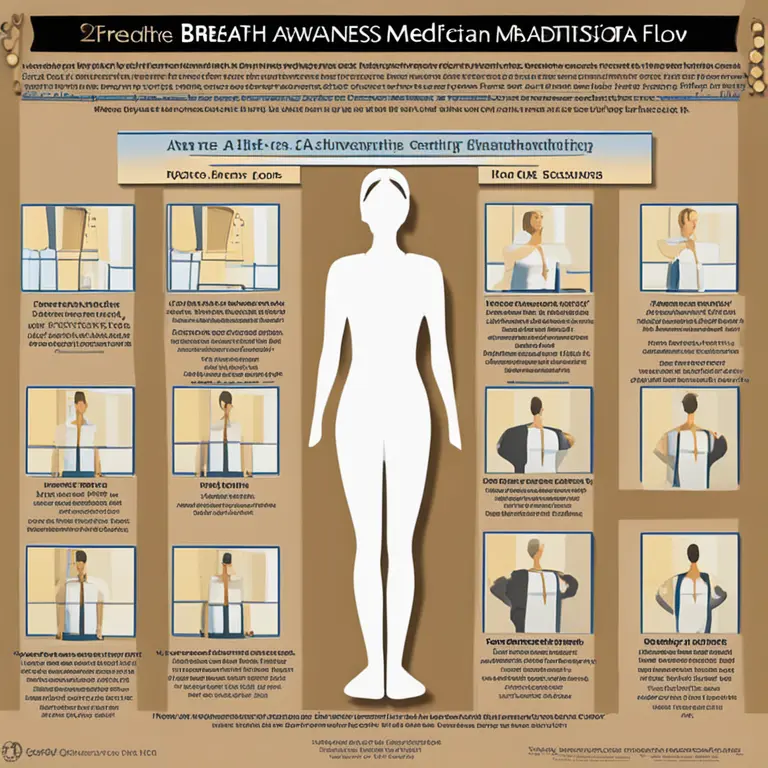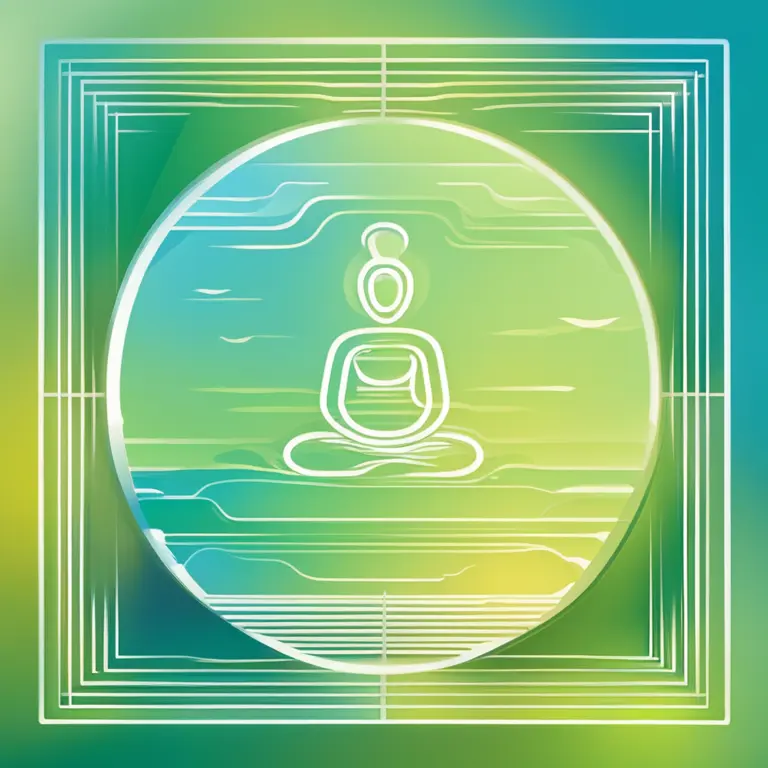
Breath Focus: Simple Meditation Techniques
Discover practical meditation techniques emphasizing breath control to enhance mindfulness and reduce stress.
article by Hina Kurosawa
Introduction to Breath Meditation
Breathing is a vital function that not only sustains life but also serves as a powerful tool to enhance mental and emotional well-being. Through the art of breath-focused meditation, individuals can connect with their inner self, promoting relaxation and mindfulness. This technique, which centers on the rhythm of inhaling and exhaling, has been utilized for centuries across various cultures and traditions as a means to achieve tranquility and clarity of mind. It is an accessible form of meditation that can be practiced by beginners and seasoned practitioners alike, owing to its simplicity and effectiveness.

Fundamentals of Breath Awareness
At the core of breath-focused meditation is the concept of breath awareness. By paying close attention to the natural cycle of breathing, one can anchor their awareness in the present moment, reducing the clutters of thoughts that often lead to stress. The technique requires one to find a quiet space, assume a comfortable posture, and gently close the eyes. The next step is to observe the breath by noticing the sensation of air moving in and out of the nostrils or the rise and fall of the chest or abdomen. This observation should not change the breathing pattern but instead make one aware of its natural flow.

Deep Breathing Methodology
One of the more structured techniques within breath meditation involves deep breathing, also referred to as diaphragmatic breathing. This method encourages full oxygen exchange and can lead to a notable decrease in the heartbeat and blood pressure, fostering a state of calmness. The technique is performed by slowly inhaling through the nose, allowing the diaphragm to expand and the abdomen to rise significantly more than the chest. Following a brief pause, a prolonged and controlled exhale ensues, helping to alleviate tension throughout the body.

Counted Breath Practice
Counted breath is another technique designed to maintain focus and regulate the flow of breath. It involves counting each inhalation and exhalation, with a gradual increase in the length of each breath cycle. A common pattern is the 4-7-8 method, where one inhales for four counts, holds the breath for seven counts, and then exhales for eight counts. This not only aids in concentration but also serves as a calming practice that can be particularly useful for those with sleep difficulties or anxiety.

Alternating Nostril Breathing
Alternating nostril breathing, also known as Nadi Shodhana in the yogic tradition, is a method that involves alternating the flow of air through each nostril. This practice is said to balance the left and right hemispheres of the brain, harmonize the nervous system, and encourage mental clarity. It is performed by closing one nostril with a finger, inhaling through the open nostril, then closing it and exhaling through the other nostril. This sequence is then reversed to complete one cycle. The process is typically repeated for several minutes, instilling a sense of equilibrium and peace.
The Role of Mantras and Visualization
Incorporating mantras or visualization can enhance the efficacy of breath-focused meditation. A mantra — a word or phrase repeated during the practice — can help concentrate the mind and deepen the meditative experience. Likewise, visualizing the breath as a wave or a beam of light can help align the focus with the rhythm of breathing. Whether using a visual aid or a mantra, the intent is to engage the mind fully with the breathing process, thereby fostering a deeper meditative state.
Adapting to Modern Life
In our fast-paced, technologically-driven society, finding moments of stillness is more important than ever. Breath-focused meditation is especially suitable for 2024 and beyond, as it addresses the increasing levels of stress and mental fatigue prevalent in modern life. Furthermore, it is a flexible practice that can be integrated into daily routines, whether it be for a few minutes in the morning, during a break at work, or in the evening before sleep. With regular practice, breathing meditation can improve focus, resilience to stress, and overall quality of life.
Published: 2/12/2024
Modified: 2/12/2024
More predictions
Come back here soon to learn more about yourself and your future


Meditate Away Anxiety: Simple Techniques for Calm
Discover practical meditation techniques designed to ease anxiety and cultivate serenity in everyday life.


Varieties of Meditation: A Comprehensive Guide
Discover the diverse meditation techniques to enhance your mental wellness and spiritual growth. Delve into this guide for insight into the different paths of mindfulness.


The Spectrum of Meditation Practices for Inner Harmony
Delve into the various meditation techniques designed to foster mindfulness, tranquility, and deeper self-awareness.